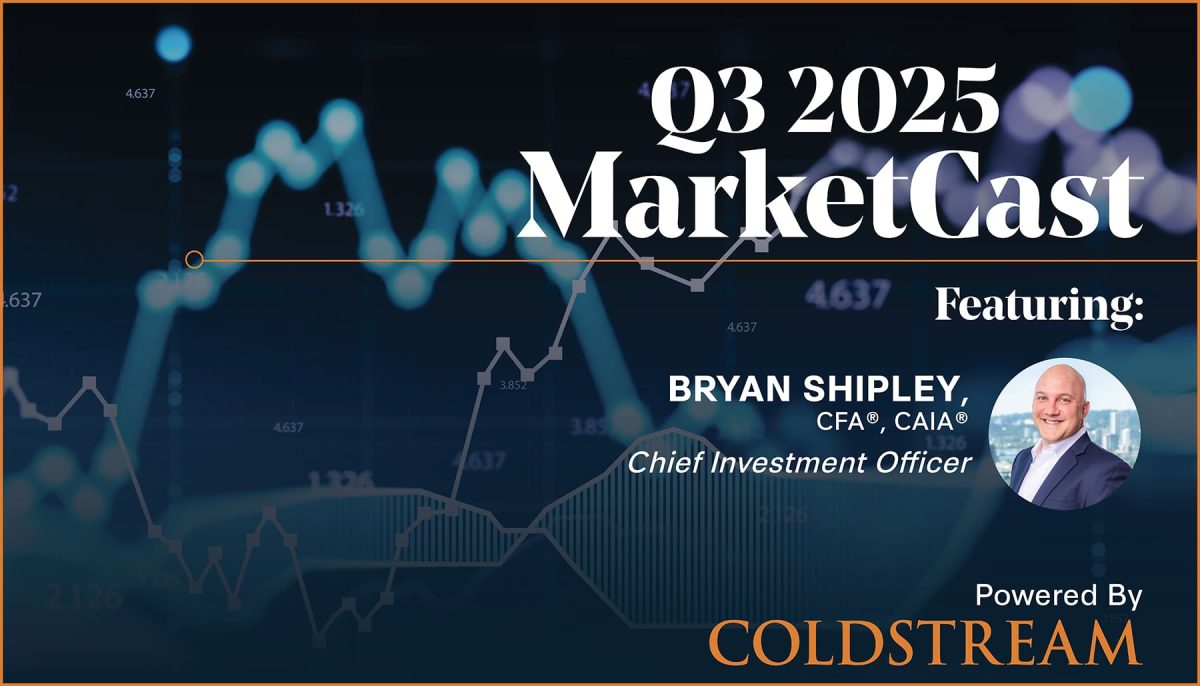
Insights
July 16, 2015
When Much Ado Can Be Something
In Market Commentary
Since joining Coldstream in December, I have been dubbed the resident bear of our Investment Strategy Group (ISG) – not an easy brand to carry when you first come through the door. Though, to be honest, when it comes to the prospect of this current bull market, I tend to be rather “Eeyoric” compared to my more optimistic counterparts. Perhaps it is appropriate, then, that my turn to scribe a market update came just as the quarter end became – shall we say – entertaining.
While I won’t go into the specifics of what has caused the markets to drop roughly 2% in the final trading days of the quarter, I will share an important lesson that may put the price move into context. Surprisingly, it has nothing to do with whether you are a bull or a bear; rather, it is valuations that matter. What we pay for assets is critical, and, as asset prices rise, their sensitivity to risk increases. A potential Greek exit from the Eurozone, possible defaults on Puerto Rican debt, and the recent double-digit percent declines in Chinese equities matter more when equity prices are extended and GDPs are near peak levels. It is no secret equity valuations are at the higher end of historical averages, and, as a result, any outlier at this stage in the bull market is going to be met with a more acute adverse reaction. Plus, given the tepid earnings growth we have seen in the first half, this environment will likely persist. This doesn’t mean the world is ending and equity markets are plummet. It just means we have to be more conscious of what we pay for assets if we want to continue enjoying solid investment returns.
Despite the higher volatility, we do have some tailwinds going into the second half of the year. Domestically, it appears the first quarter soft patch is behind us and the second quarter will show a marked improvement in economic activity. Consumer confidence remains high, the unemployment rate is reaching historical lows, and wage growth, despite a couple of hiccups, continues to trend higher. More importantly, consumer spending has started to increase, suggesting savings from lower gasoline prices are finding their way back into the economy.
We were constructive on global equities coming into 2015, and we have not seen anything that would derail that stance. Our portfolios seek opportunities across the entire globe, not just the S&P 500, since global diversification has its benefits for investors looking for prudent wealth growth. Despite a much stronger U.S. Dollar eroding some local currency gains, developed international equities have outpaced U.S. domestic markets in the first half of the year, which has showcased the benefits of global diversification. We anticipate the outperformance trend will continue as foreign central banks forge ahead with their Quantitative Easing programs in an effort to boost asset prices and stimulate economic growth.
We remain neutral on fixed income going into the second half. The contagion impact from the Puerto Rico flare-up should be minimal, with only lower-rated municipal paper and some state-specific muni funds being affected. We are closely monitoring liquidity in bond markets; both the Dodd-Frank regulations and the massive seven-year bond buying program by the Fed have created some dislocations. A lack of liquidity gives room for wider price swings and potentially a wider bid/ask spreads during times of uncertainty. When the Federal Reserve does decide to raise rates, we could see significant volatility in the bond market.
Alternatives continue to play a key role in our portfolios. Correlations among asset classes have been consistently declining, creating opportunities that did not exist in the rising- tide-lifts-all-boats investment landscape we have seen over the past several years. We don’t see a breakout in oil prices anytime soon. Despite the rig count decline, supply remains plentiful, and, while improving, global demand is not strong enough to absorb the glut. REITs have been a disappointment in 2015, and we believe this trend is likely to continue. Our concern is that certain yield producing investments will become less attractive if interest rates rise.
Improving economics suggest the Fed should raise interest rates sooner rather than later, but other forces, such as the IMF’s urging to wait until 2016 and the flare-up in the ongoing Greece saga, may put them on hold. Regardless of when, we anticipate the initial stages of the Fed’s move will be extremely measured. We believe the timing and magnitude of the U.S. interest rate increase will be the dominating theme for the rest of the year and could create a great deal of volatility. Keep in mind, however, volatility creates opportunity, which in the long run, we believe will work to our advantage.
Read the full newsletter here:
Related Articles

July 11, 2025
The Return of Diversification


July 10, 2025
Watch Coldstream’s MarketCast for Third Quarter 2025


June 24, 2025
Managing Increased Uncertainty in the Middle East


